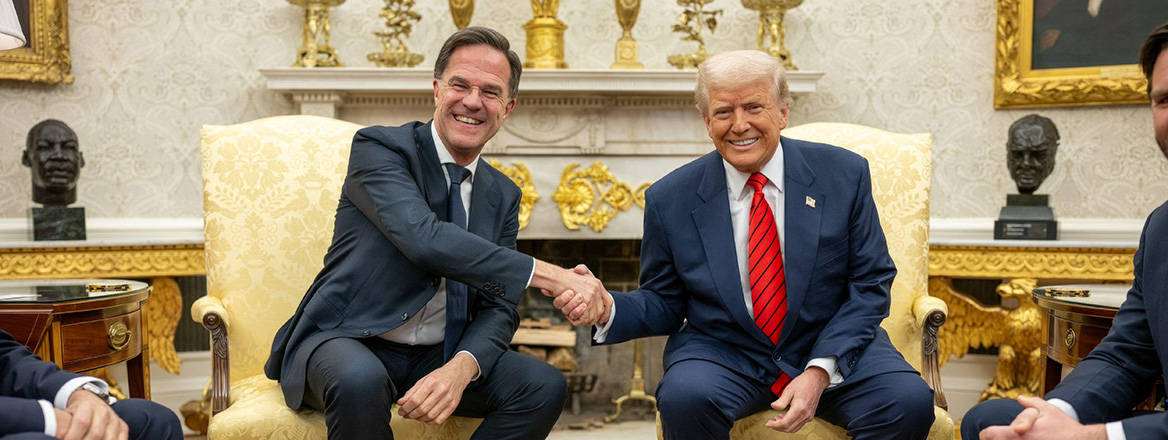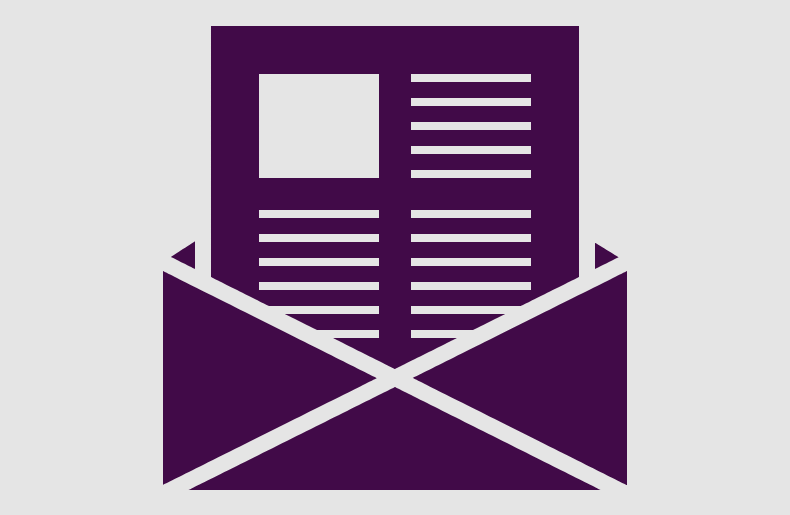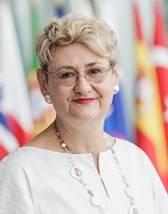NATO’s High-Stakes Summit: Buying Time to Fill the Gaps
NATO’s summit in the Hague will set an historic target of 5% of GDP on defence. Allies hope this can buy enough time to fill current capability gaps, deter an aggressive Russia, and keep Donald Trump committed to the transatlantic alliance and the defence of Europe.
President Trump’s first NATO summit in his second term will be shorter than most. This is not by chance. As he hosts his first summit as NATO Secretary General in his hometown, Mark Rutte aims to reduce the risk of surprises from the notoriously unpredictable US President.
Just one year since the pomp and circumstance of their 75th anniversary summit in Washington, DC, the 32 NATO leaders will meet in The Hague for a single working session in the morning of 25 June. Scheduled to last two and a half hours, it will focus on defence spending. Moreover, the summit declaration will be just one page, as compared to the 15 pages in Washington. And for the first time since Russia’s full-scale invasion of Ukraine, no formal meeting with President Volodymyr Zelenskyy is planned. But he is invited to join other leaders at the dinner organised by the Dutch royals, and the NATO-Ukraine Council is planned to meet at foreign ministers’ level. The summit declaration is expected to mention allies’ ‘continued sovereign support to Ukraine’ and describe Russia as a ‘long-term threat.’
What everyone wants to avoid is a repeat of the 2018 Brussels summit, when Trump interrupted a meeting with Ukraine and Georgia, and proceeded to take other NATO leaders to task for not keeping their pledge to invest at least 2% of GDP on defence – the goal set at the Wales summit in 2014, after Russia’s illegal annexation of Crimea. He also threatened that America would ‘do its own thing.’ Rutte must remember how, as Dutch Prime Minister at the time, he helped his predecessor Jens Stoltenberg bring the meeting to a successful close by acknowledging that most European governments, including his own, had failed to keep their pledge, but were now driven by a new sense of urgency.
The new German Chancellor, Friederich Merz, has pledged to make the Bundeswehr the ‘strongest conventional army in Europe’, and advocated spending up to 5% on defence
Yet it was only after Russia’s full-scale invasion of Ukraine in 2022 that a majority of NATO members managed to invest at least 2% of GDP in defence, with some, like Poland and the Baltic countries, going well over 4%. And it was only in the last weeks that some of NATO’s wealthiest countries – Belgium, Canada, Italy, Luxembourg, Portugal and Spain – announced they had reached the 2% target or would do so by the end of this year, 11 years after it was set.
‘A Quantum Leap’
While NATO spending has increased significantly over the last decade, so have the threats, with Russia’s war in Ukraine and unprecedented sabotage campaign across Europe, China’s breakneck military build-up, and the growing alignment of these authoritarian powers with North Korea and Iran. With the new agreement on 5%, Secretary General Rutte wants the summit to mark ‘a quantum leap’ in collective defence. He also wants to make it a clear win for the US President.
Few thought 5% realistic when Donald Trump mentioned the figure in January. Yet Trump’s continued questioning of America’s commitment to defending its allies, his clash with President Zelenskyy in the Oval Office and subsequent temporary halt of US support to Ukraine –as well as his bizarre ‘bromance’ with Russian leader Vladimir Putin – have focused minds.
In a significant shift, the new German Chancellor, Friederich Merz, has pledged to make the Bundeswehr the ‘strongest conventional army in Europe’, and advocated spending up to 5% on defence. The leaders of the Bucharest Nine (B9) countries and the Nordic countries have also committed to spending 5%. French president Emmanuel Macron has called on Europeans to dramatically increase their defence spending.
European Union officials have also embraced the 5 % target, mobilising extra funds and flexibility to enable countries that are part of both organisations to meet it. At the last minute, Spanish prime minister Pedro Sánchez, who is engulfed in a political crisis over corruption allegations against his former aides, asked for an opt out, but eventually agreed after being allowed flexibility in how Spain meets the capability targets. The fudge may save the summit but creates a dangerous precedent on a core issue for the alliance.
What’s in 5%?
To make the target more achievable, 5% of GDP comes in two parts: 3.5% on core defence requirements, including larger land formations, thousands more tanks, millions of artillery shells, deep strike capabilities, and 400% more air defence capabilities to meet threats from missiles and drones; plus a further 1.5% on related items, including cyber defence, resilience, and upgraded roads, railways, bridges, and other infrastructure to enable quicker reinforcement.
This is also likely to include military support to Ukraine, until now considered part of NATO defence expenditure only if channelled through alliance trust funds. This bureaucratic change would provide an incentive to Europeans to continue to provide support for Kyiv over the next decade.
While the definition of what 1.5% covers remains vague, 3.5% is not pulled out of thin air. Nations have already agreed new capability targets, derived from NATO’s regional defence plans, the most detailed since the Cold War, which also include lessons learnt from Ukraine. It’s the first time since the Cold War that NATO’s Defence Planning Process has been reconnected with operational planning, focusing on the demands of collective defence against a nuclear-peer adversary. But there are big capability gaps that remain to be filled to implement the plans.
So, while the summit is about money, it is also about the weapons that money can buy. An Industry Forum will take place on the margins of the summit, to discuss in more practical terms how to strengthen NATO’s defence industrial base and speed up production and innovation. It will bring together industry leaders with officials from across the alliance, Ukraine, the EU, and NATO’s four Indo-Pacific partners – Japan, South Korea, Australia and South Korea.
Rutte’s Hockey Stick
The ultimate test of the summit’s success will be time. The timeline for meeting 5% remains disputed. Baltic countries and Poland, which are already very close to the target, pushed for 2030, in line with the military and intelligence assessment that Russia could pose a threat to NATO within three to five years. Secretary General Rutte had proposed 2032 as a compromise. But Canada, Italy and – to the surprise of many in the alliance - the UK, preferred 2035, which was sealed due to Spain’s pushback.
The US ambassador to NATO, Matthew Whittaker, has warned that, ‘we cannot have another Wales pledge style where a lot of allies don’t meet their commitments until year 10 or year 11.’ Yet Mark Rutte seems to have dropped his original plan to prevent this ‘hockey stick’ effect, where nothing happens for many years and suddenly there’s a spike in spending which is hard to absorb, with a policy review in 2029 which will give laggards even more wiggle-room.
Another open-ended conflict in the Middle East will distract attention and potentially draw more resources from Europe.
There are, however, more powerful drivers. The US maintains some 80,000 troops in Europe, including a surge of around 20,000 deployed under the Biden administration after Russia’s full-scale invasion of Ukraine, and key capabilities such as air and missile defence and deep precision strikes. When he first visited NATO in February, US Secretary of Defense Pete Hegseth had a double message. He stressed that ‘the United States remains committed to the NATO alliance and to the defence partnership with Europe. Full stop.’ But he also made clear that European allies must ‘step into the arena and take ownership of conventional security on the continent.’
Washington is reviewing its global force posture, as it continues to pivot to the Indo-Pacific to prepare for a potential war with China. And the US has just entered Israel’s war with Iran, with unpredictable consequences. Another open-ended conflict in the Middle East will distract attention and potentially draw more resources from Europe.
Allies have been somewhat reassured by their exchanges with Secretary of State Marco Rubio (now also National Security Adviser), as well as by Washington’s decision to nominate Lt Gen Alexus Grynkewich as NATO’s next Supreme Allied Commander Europe, despite earlier reports they may leave the job for the first time to a European. But sooner or later, the withdrawal of some combat troops and key capabilities from Europe seems inevitable. How soon and how much will make all the difference.
Mark Rutte likely hopes that decisions in the Hague will put NATO in a stronger position to have that difficult conversation with Washington. The Secretary General’s next battle will be to ensure that there are no surprises, and that any US withdrawals are done gradually, without leaving any gaps in Europe’s defence before Europeans are ready to fill them. If done right, a rebalanced NATO, where Europeans take on more responsibility, could be a win-win for the transatlantic relationship. If done wrong, it could leave NATO hollow, Europe unprotected and America friendless in a more dangerous world.
© RUSI, 2025.
The views expressed in this Commentary are the author's, and do not represent those of RUSI or any other institution.
For terms of use, see Website Terms and Conditions of Use.
Have an idea for a Commentary you'd like to write for us? Send a short pitch to commentaries@rusi.org and we'll get back to you if it fits into our research interests. View full guidelines for contributors.
WRITTEN BY
Oana Lungescu
Distinguished Fellow
- Jim McLeanMedia Relations Manager+44 (0)7917 373 069JimMc@rusi.org




